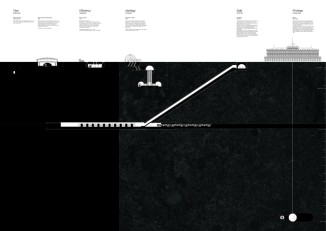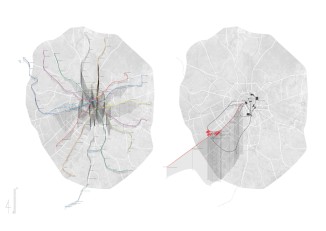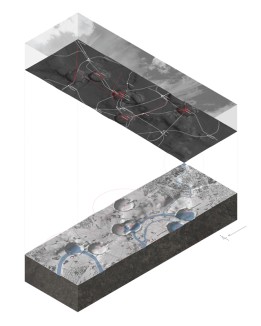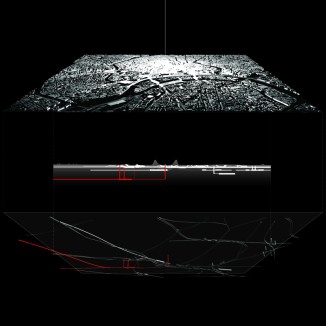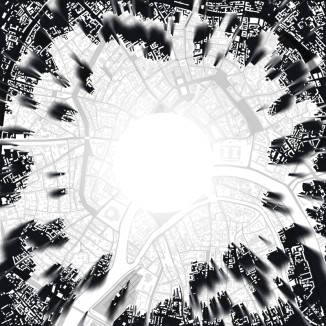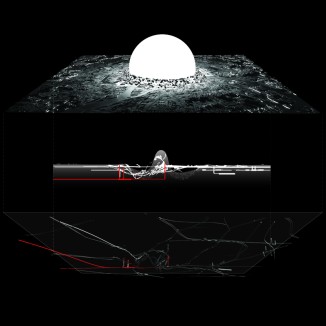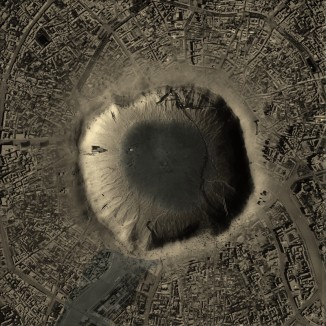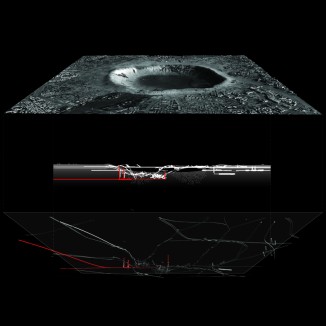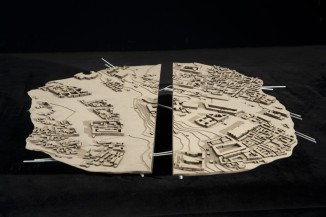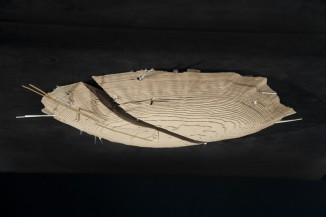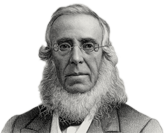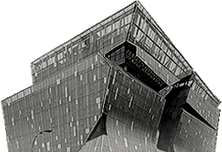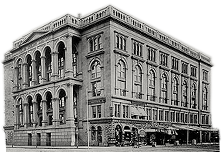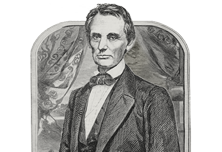Potential Catastrophe City
This slideshow is part of: Master of Architecture II Fall 2011
Potential Catastrophe City
Atomic Moscow: 55°45”6’N37°37”4’E50MT1962OCT2712:00EDT
Seongmo Ahn
After the Hiroshima bombing, the shadow of the atomic bomb shrouded the world in fear, feeding suspicion and the polarization of the Cold War era. The fear of nuclear war during the Cold War affected the city physically and mentally, as can be seen in Moscow. The Kremlin powers created the Metro-2 line, which was constructed only for the privileged to evacuate at the moment of nuclear attack. Between the Kremlin, which is the center of the political power, and Metro-2, which lies 200 meters deep, a huge destructive energy has lain dormant during the Cold War era.
The entanglement of fear and power also affected the city’s functioning Metro subway system. Underground stations of the Metro were elaborately located throughout the city fabric, often adjacent / connected to the Metro-2 line, and the depth of the tunnels is beyond compare to other cities. When the role of these infrastructures changed to a potentially duel role as nuclear shelters, many invisible forces began to affect the Metro design. These include nuclear power, the locations of important buildings, political power and discrimination. This project illustrates how the threat of potential catastrophe makes the Metro system play a role as another city under Moscow.

